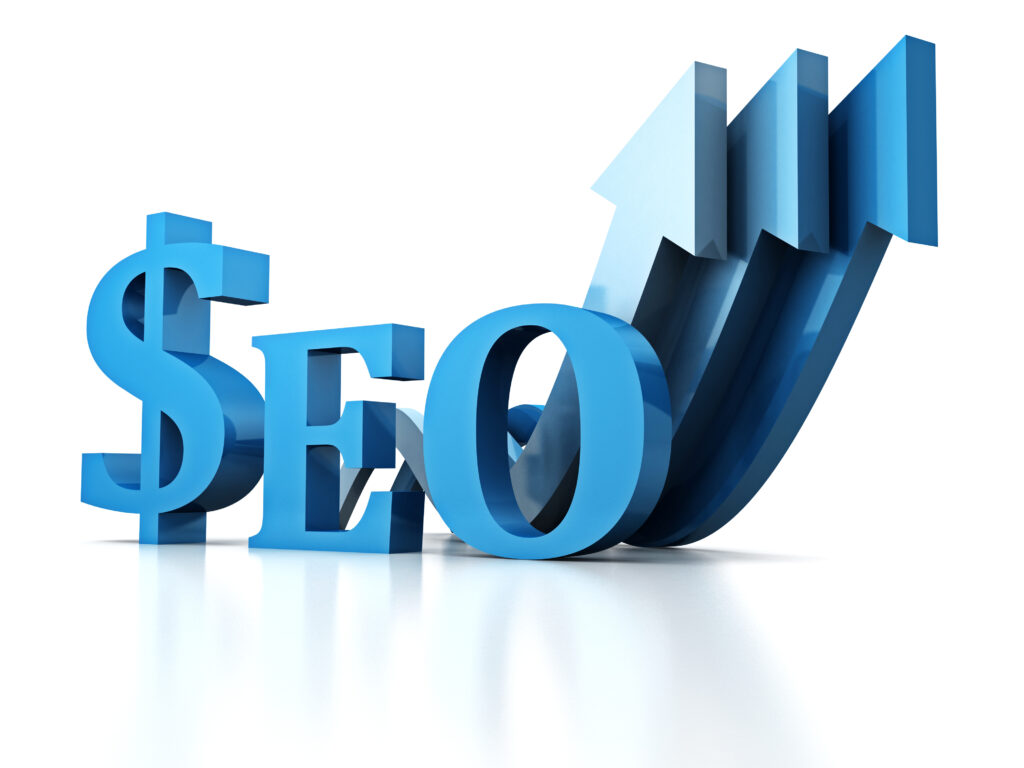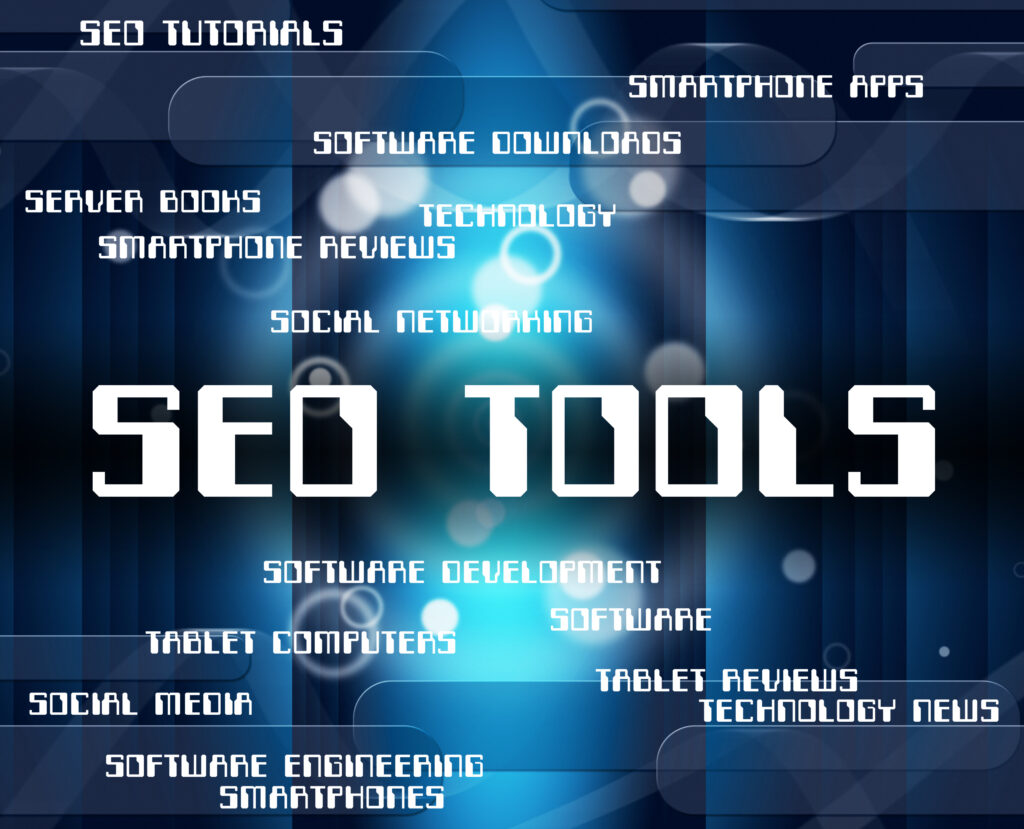Do you own an e-commerce website and are looking to improve your SEO through SEO tools?
If so, you’ve come to the right place. Our team of experts has put together a list of the best tips to help you rank higher on search engine results pages (SERPs).

Best tips to rank higher on SERPS and boost traffic!
Follow our simple tips and watch your traffic soar. Not only will this increase your revenue, but it will also help you compete with the biggest players in your industry.
Sign up for our free email course today and learn how to optimize your website for SEO!
SEO Tips for e-Commerce Website
There are many factors to consider when it comes to optimizing an e-commerce website for search engines, but some creative tactics can help get you started.
Here are some important SEO tips for e-commerce websites:
1. Find effective keywords
People use keywords when conducting searches online. They are the keywords you should concentrate on in order to appear to potential buyers who are browsing for your products.
Even if you can have as many relevant keywords as you want, it’s still vital to share the love. In order for each page on your website to appear for pertinent queries, you must inform Google of its topic. Focusing on multiple keywords on each page only complicates matters. Instead, pick one (or maybe two) keywords to focus on for each category, page, and product.
2. Write thoughtful product descriptions
More than just a price, picture, and title should be included on each product page. Additionally, a thorough description that “sells” the item to both customers and search engines should be included.
Consider what kind of information would be most helpful to potential customers to get started. This can include weights and measures, ingredients, recommended ages, or instructions, depending on your items.
The term is used naturally in this kind of meta description, and it also aids target customers in picturing exactly what it feels like to bite into a chocolate bar.
3. Be cautious of duplicate content
Whether it’s on your own website or another person’s, duplicate content is any text that appears online more than once. Because duplicate content is confusing, search engines like Google despise it. They are unsure of which version should rank since they are unsure which is the accurate, correct version.
4. Use strategic keywords in anchor text
Internal links, or links to other articles on your own website, are quite beneficial from an SEO standpoint. They’re a fantastic approach for Google to comprehend the connections between all of your sites.
Don’t limit yourself to using the words “click here” or “check this out” as your anchor text when making these connections, though. Instead, use your keywords where appropriate.
5. Make your URL structure easy for search engines to crawl
First and foremost, excellent URLs deliver an excellent user experience by giving site visitors a sneak peek at the content of the page. However, they follow the same procedure for search engines as well.
Your URLs should ideally be brief, clear, and descriptive. Therefore, you should avoid using a product URL like example.com/store/products/374820/show if you sell French presses, for instance. Try something like example.com/machines/french-press as an alternative. See how much easier that is to use?
Additionally, you should use keywords wherever appropriate. Your primary attention should be on the user experience on your website. However, you might be able to incorporate a term into the URL while keeping the flow appealing.
6. Use alt text for your images
Your photographs are not truly “seen” by search engines. How then can they know what is shown in each image? Alt text
Every image on your website should have alt text, which is effectively a caption. It should include your target keyword and be as descriptive as you can. The most important aspect is the second sentence: your aim should be to describe your image in a way that even someone who cannot see it may comprehend. Why? Because screen readers also read photographs to people with vision problems using alt text.
So it would be nice if you could add a target term. Skip the term if it’s not necessary to describe the product images. The important thing is to describe your image in a way that makes sense.
7. Use Google Ads to test your targets
Keep in mind the significance of user intent. If you’re going to spend numerous hours and resources on search ranking for a particular phrase, you don’t want to find that it draws visitors who aren’t interested in your products or services or customers who want to try online shopping.

Utilize tools to monitor important links.
8. Avoid broken links
Broken links are confusing for search engines as well as your website’s users. Links do, after all, aid Google in comprehending the layout of your site and establishing your credibility as a source of reliable information.
To manually monitor all of your links, however, can be challenging and time-consuming. Therefore, to keep a check on things, you can utilize tools like Screaming Frog or the Broken Link Checker plugin. Additionally, think about implementing a 301 redirect to inform search engines that a link has been updated if the URL of a page changes.
9. Speed up your site
It is not surprising that search engines take speed into account when ranking your pages since a quick-loading website is essential for a great user experience. Here are some guidelines for making your store quick:
- Optimize your images. Use just the biggest file size required, and whenever possible, compress media files.
- Choose a great host. Great site speed is established as a result. Check out our comprehensive list of hosting suggestions.
- Limit the number of plugins you use. The more code and plugins you have, the heavier your website will be. Install only what is essential, and think about using technologies like Jetpack that have several uses.
- Regularly update WordPress, your theme, and your plugins. Updates frequently contain faster-loading code optimizations. Additionally, it’s crucial for functionality and security!
- Optimize your code. With only a few clicks, you can slow load pictures, delay non-essential Javascript, and optimize your CSS structure with a tool like Jetpack Boost.
Advanced Additional Ecommerce SEO Tips for Websites

Get more out of your SEO investment!
1. Perform a website SEO audit.
2. Allow reviews on product pages.
3. Analyze your current backlinks (and those of competitors).
4. Include more long-tail keywords in your strategy.
5. Use schema markup.
6. Optimize for featured rich snippets.
7. Create strategic product categories for SEO.
8. Create content around specific products.
9. Partner with relevant brands and influencers.
10. Create comparison content.
SEO is the best way for most eCommerce companies to earn more organic traffic and increase online sales. In a time when people are doing more of their shopping in their online stores than ever, SEO is a worthwhile investment for any eCommerce business wanting to grow its eCommerce sales.
Why SEO is important for e-Commerce?
E-commerce SEO aims to increase the number of leads generated by e-commerce sites, which will ultimately increase revenue. Even if your website receives a lot of traffic already, SEO strategies can bring in more qualified leads. As a result, you increase website traffic while also bringing in more online shoppers who are ready to buy.

SEO will soar your traffic and attract customers-pay attention to it!
SEO involves modifying and perhaps completely redesigning various elements of your website. These include enhancing your website’s content, developing a better website layout, and speeding up the loading of your web pages.
Think about this: Every time you use a search engine, a list of numbered results is generated. The effectiveness of your website in comparison to these ranking signals is the primary component that determines where your website appears, whether in the first place or one millionth. Ranking signals include, for instance:
- Page load speed
- Mobile-friendliness
- Content relevance and quality
- Website and content structure
- Domain name authority
- User experience metrics, such as bounce rate, page speed, and time on page
- Backlink number and quality
The majority of well-known search engine platforms, including Yahoo, Bing Webmaster Tool, Google, and Baidu, all employ comparable signals. But because of its dominance, it’s crucial to remember that Google is by far the most crucial platform for rankings.
How can SEO help an e-commerce business?
E-commerce businesses thrive on a consistent flow of new clients and a core of devoted repeat customer experience to succeed. Your store’s growth is more difficult without bringing in new customers to generate new sales.
Through SEO, you can attract more potential customers who will buy from you. Gaining online customers’ trust and confidence through SEO enhances their lifetime worth to your company.
Here’s how these benefits work out for your store:
- Attract more leads
- Increase lead quality
- Multiply sales
- Build authority
- Reduce marketing spend
Keywords Ideal for SEO:
- Informational keywords (“how to do X,” “what is X”)
- Keywords that have low competition in the SERPs
- “Low hanging fruit keywords:” terms with high buyer intent but low competition
- Keywords that your target customer uses when they’re not searching for exactly what you sell
- Keywords where your team could provide unique value via a blog post
Types of keywords
There are many different kinds of keywords. The number of different keyword kinds can reach double digits, but you don’t need to worry about many of them because they are mostly exclusively used for technical searches.
To that end, here are some fundamental categories of terms you ought to be familiar with:
- Long-tail keywords: These are generally referred to as Google searches with two or more words; although it would be more accurate to call them keywords with low search volume. Long-tail search terms.
- Buyer/search intent keywords: Search intent keywords help you understand the reason behind a search query.
- Geo-targeted keywords: This is just a fancy term for local searches. Essentially, these keywords relate to a specific location — and therefore of great value to local online businesses. Google reports that 50% of people that do a local search visit a store within one day.
- Related-vertical keywords: These are keywords that are related but not the same. Optimizing for related-vertical keywords helps you attract a larger audience or unearth new opportunities.
- Latent semantic indexing keywords: Otherwise called semantic keywords, these phrases are essentially synonyms. They relate to words and phrases that are synonymous or closely related.
- Negative Keywords: These are terms that you don’t want to use in your Google Ads campaign.
- Branded Keywords: Branded keywords are keywords that include a specific brand name.
Best free SEO tools

Take advantage of free SEO tools for ecommerce business!
The majority of paid SEO tools start at $80-$100 a month, which is quite expensive. These free tools are a wonderful place to start if you wish to learn more about SEO before investing in an all-in-one solution.
- Google Search Console: Google has the best free SEO tools around, and the Search Console tool is right up there. This tool helps you see Google’s assessment of your website and your site usage metrics, as well as affording opportunities for optimization. All of this is presented in a simple, user-friendly format.
- Ubersuggest: This keyword research tool helps you analyze pre-selected keywords for search volume, difficulty, and even content ideas. There’s a daily limit to the number of free searches, however.
- Google Analytics: Another powerhouse Google Tool, Analytics provides in-depth assessments of your website. The tool lets you see everything from bounce rate (how quickly people leave your website after clicking on it) to web traffic figures.
- Google Ads Keyword Planner: While Keyword Planner was developed for Google Ads users, it’s also an excellent tool for content marketing. It lets you see the cost-per-click of specific keywords and how users are searching those terms.
Conclusion:
ePropel is the best firm for you if you want to learn a lot of advice for running your e-commerce business. We have years of experience working with websites to improve their Google rankings. If you require assistance, please contact us; we would be happy to assist you.